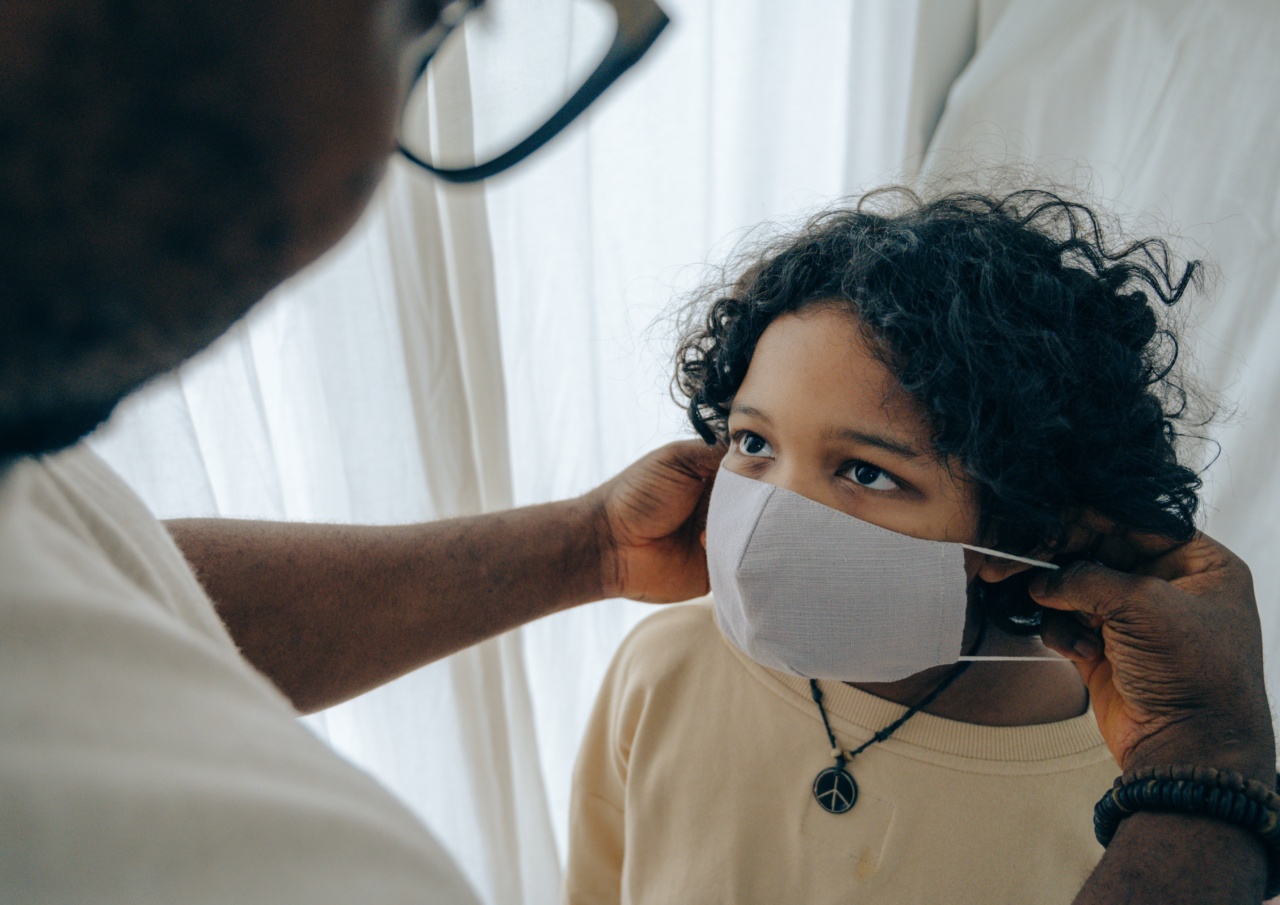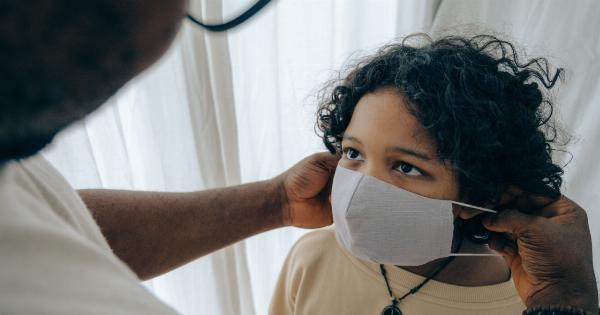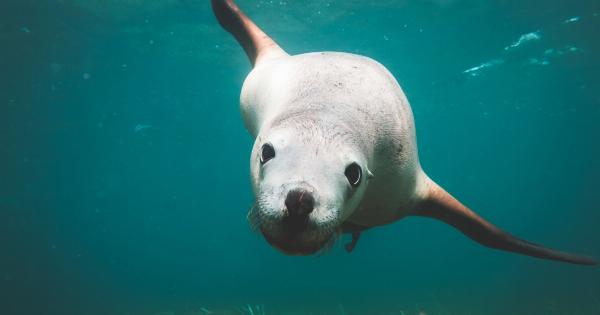External otitis, also known as swimmer’s ear, is a common infection that affects the outer ear canal. It is more prevalent in children, particularly those who spend a lot of time in the water.
This condition occurs when water remains trapped in the ear canal, providing a humid environment for bacteria or fungi to grow and cause an infection.
Causes of External Otitis in Children
There are several factors that can contribute to the development of external otitis in children:.
- Prolonged exposure to water, such as swimming, bathing, or water sports.
- Excessive cleaning of the ear canal, which can damage the skin lining and make it more vulnerable to infection.
- Scratching the ear canal with sharp objects, such as cotton swabs or hairpins, which can introduce bacteria or fungi.
- Allergies or dermatological conditions that affect the skin, making it more susceptible to infection.
- Hot and humid weather, which creates an ideal environment for bacteria or fungi to thrive.
Symptoms of External Otitis
It is essential for parents to recognize the symptoms of external otitis in children:.
- Ear pain or discomfort that may worsen when the earlobe is pulled or the jaw is moved.
- Redness and swelling of the outer ear and ear canal.
- Itching sensation inside the ear.
- Drainage of pus or fluid from the ear.
- Temporary hearing loss or muffled hearing.
Preventing External Otitis
Prevention is key to reducing the risk of external otitis in children. Here are some preventive measures:.
- Keep the ears clean, but avoid inserting cotton swabs or other objects into the ear canal, as they can damage the skin lining.
- After swimming or bathing, tilt the child’s head to the side to allow water to drain from the ear canal.
- Use a soft towel to dry the outer ear gently after water exposure.
- Avoid prolonged exposure to water, especially in dirty or contaminated environments.
- Consider using earplugs made for swimming to keep water out of the ear canal.
- Encourage children to avoid scratching or picking their ears.
- If your child has allergies or dermatological conditions, consult with a healthcare professional for appropriate management.
Treating External Otitis
If your child develops external otitis, prompt treatment is crucial to prevent complications. Here are some treatment options:.
- Keep the ear dry: Avoid exposing the ear to water during the treatment period.
- Over-the-counter pain relief: Non-prescription ear drops containing pain relievers can help alleviate ear discomfort.
- Prescription ear drops: In cases of severe or persistent infection, a healthcare professional may prescribe antibiotic or antifungal ear drops.
- Avoid scratching: Encourage your child to refrain from scratching the ear, as it can worsen the infection.
- Follow the treatment plan: Administer prescribed medication as directed, and ensure your child completes the full course of treatment.
- Seek medical attention: If your child’s symptoms worsen or do not improve after a few days of treatment, consult a healthcare professional for further evaluation and possible additional treatment options.
When to Consult a Healthcare Professional
It is important to seek medical advice if your child exhibits any of the following:.
- Severe pain or persistent discomfort in the ear.
- Fever or general malaise.
- Drainage of blood or excessive pus from the ear.
- Partial or complete hearing loss.
- Swelling extending beyond the outer ear.
Conclusion
External otitis, or swimmer’s ear, is a common infection in children that can cause discomfort and pain. By following preventive measures and seeking appropriate treatment, parents can help prevent and manage external otitis effectively.
Remember to keep the ear canal dry, avoid excessive cleaning or scratching, and seek medical advice if symptoms worsen or persist. With proper care, children can enjoy their activities without the worry of swimmer’s ear disrupting their fun.





























